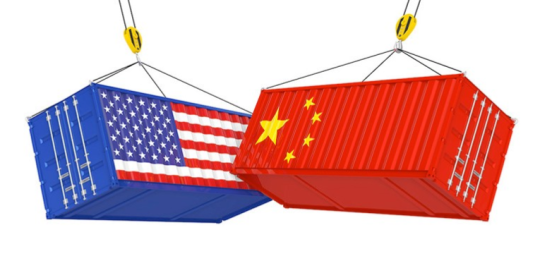
The Trump Administration announced last month that it would hold
off on imposing additional tariffs on approximately $200 billion in Chinese
goods, although tariffs imposed in 2018 remain in effect. While retail industry
groups such as the National Retail Federation welcomed the news, they also are
seeking more permanent solutions, including legislative
action. Tariffs Hurt the Heartland, an industry group that the NRF
supports, released data in February showing that tariffs cost U.S. businesses $2.7
billion in November 2018 alone.
The Retail TouchPoints
editors shared their thoughts on what retailers can do to take advantage of
the trade truce now while also hedging their bets for an uncertain future.
Adam Blair, Editor: It’s
certainly good news that President Trump has indefinitely delayed the
imposition of additional tariffs on Chinese goods. It would be better news if
there was some indication that the administration had an actual goal for its
trade policy, for example addressing China’s
theft of intellectual property. In the meantime, though, retailers
should take advantage of this temporary spell of sanity to front-load their
China-based supply chains for holiday 2019, while at the same time pursuing a
two-pronged strategy. First, start costing out the impact of higher tariffs if
trade talks break down again, to see if there are ways to mitigate their impact
on the bottom line (both their own and their customers’). Second, ramp up
investigations into alternative sources of supply from countries that are less
likely to be subject to tariffs. There’s not a moment to lose.
Glenn Taylor, Senior
Editor: At this point the tariff delay still appears like it’s only pushing
back the inevitable, so hopefully retailers will still act as if they are going
to be imposed. The worry about continued price inflation puts retailers in an
uncomfortable spot. They could try to buy products ahead of time, thereby
avoiding higher prices when the tariffs do go into effect and keeping consumer
prices low for the time being. In that scenario, retailers would have to deal
with plenty of uncertainty regarding future demand and risk being inundated
with either too much product or not enough. There were retailers that did this
last year, front-loading deliveries of 2019 product into the fall of 2018
before the originally planned Jan. 1 rate increase. In fact, imports at
major U.S. retail ports grew by more than 13%
to a record 2 million containers in
October 2018, according to data from NRF and Hackett Associates. If anything, many
retailers and distributors will have to be more flexible with warehousing
options, including the use of “pop-up” distribution centers and even
acquiring temporary spaces.
Bryan Wassel,
Associate Editor: The delay in additional tariffs may give retailers some
breathing room, but the only way to use this to their advantage is to prepare
for the future. Retailers need to be on the lookout for new markets, both as a
source of supply and a place where they can sell goods, and the best time to
start doing so is when they aren’t burdened with the uncertainty of extra
tariffs being imposed. Of course, finding the right partners is easier said
than done — the Trump administration is ending a preferential trade program with Turkey and India,
and India’s e-Commerce legislation is already making the country a tricky
market for U.S. retailers to navigate. The best way forward for retailers may
be diversification. If they do business with a wide array of countries, taking
a hit from one nation will have a smaller impact on the overall enterprise.






